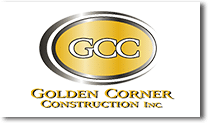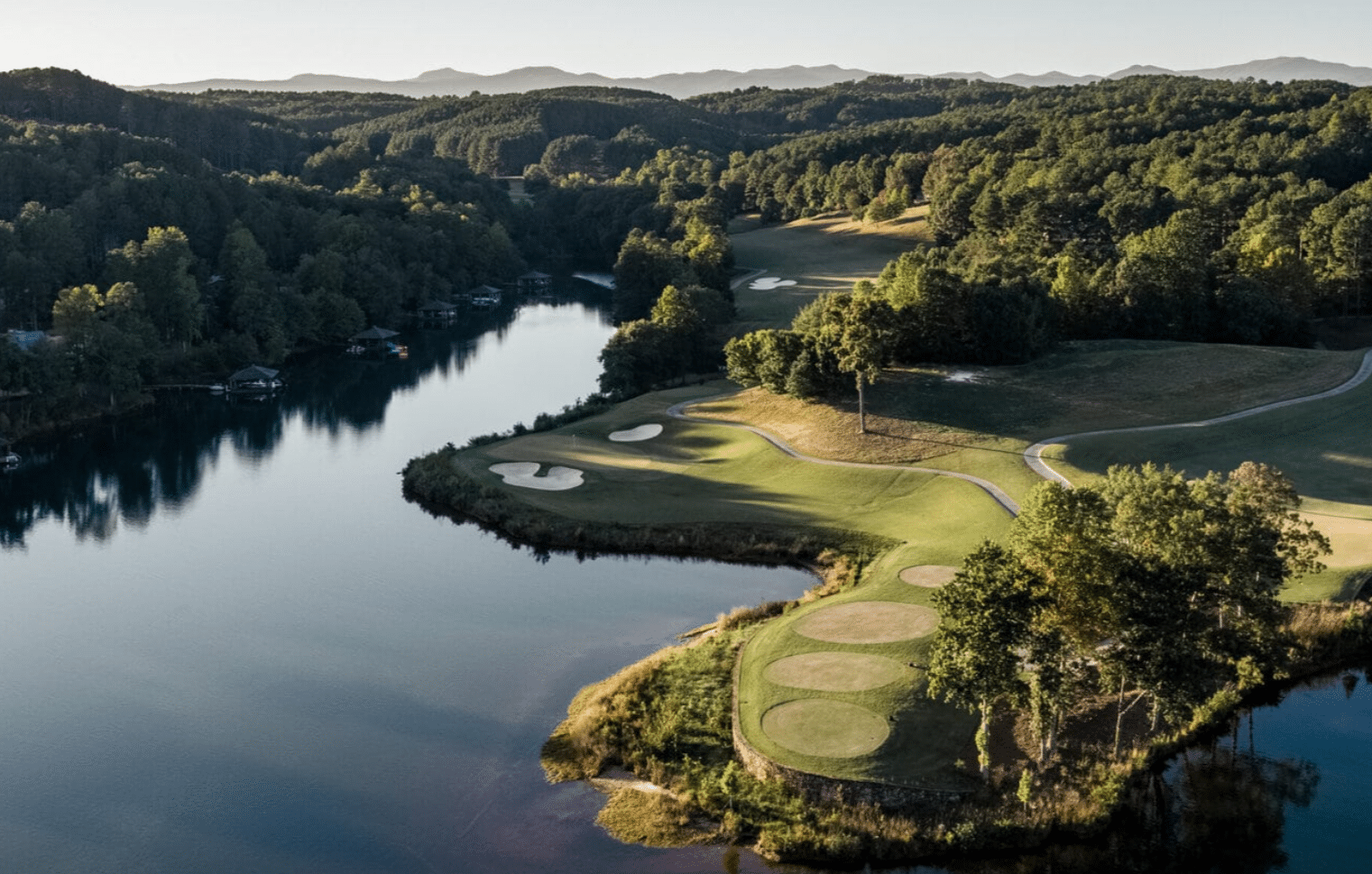Lake Keowee Custom Home Building
Planning to build a new home? Wondering about the best way to build efficiently? Big things like heating systems might seem like they should be your first step – but there are a lot of things you can (and should!) consider doing first.
The 7 steps below are a guide to creating an energy efficient new home. They are laid out based on the impact they have and the associated cost. The earlier steps are tips that are low cost, high return on investment and high impact.

Lake Keowee Custom Home Building
Lake Keowee Custom Home Building
Step 1: Build Smaller,
Reducing the square footage of your home is the easiest and cheapest way to reduce energy consumption. Smaller house, less to heat! It’s as simple as that. It will also cost less to build, so you’ll have a smaller mortgage payment.
Step 2: Passive Solar
Orienting your windows to the south and east while reducing the number of windows on the west and north is a no-cost way to get free heating. This maximizes morning and midday heat gain in the winter, and limits unwanted overheating from the west in the summer evenings.
You can expand the simple rule of thumb into a full passive solar design by calculating the optimal area of windows and their orientation, but this should be handled by an experienced designer. Although windows let heat in, they are also not as good at retaining heat as insulated walls – so more windows is not always a good idea.
Step 3: Air Tightness
One of the most prominent areas of heat loss is through air leaks in the building envelope. The air leaks in an average building total to a 2ft x 2ft square hole! Luckily, it’s also one of the easiest (and cheapest) improvements to make.
Ensuring that vapor barriers (clear plastic on the inside of your walls) and air barriers (white/grey fabric on the outside of your walls) are installed correctly during construction will pay big energy savings down the road. One way to ensure your walls are air tight is by getting a blower door test. This will identify any leaky areas and allow you to repair them before you finish the construction! You can also maintain your home through time with regular maintenance and caulking.
Lake Keowee Custom Home Building
Step 4: Insulation
Heat moves through home in a few ways: through solid materials via conduction, through air via convection and through radiation (heat from the sun, for example). All of these methods transfer heat from hot to cold or, in our homes, from inside to out.
To minimize heat loss through the walls, you have to insulate them! The higher the R-value of your insulation materials, the less heat will be lost. To minimize heat via convection, you have to air seal (see step 3).
On PEI, the recommended R-values are:
- Under unheated basement slabs: r10
- Under heated basement salds: r20
- Basement walls and headers: r20
- Above grade walls: r24
- Attic spaces: r50
- Flat and cathedral ceilings: r28
Lake Keowee Custom Home Building
Step 5: Windows and Doors
To be sure you’re using the most energy efficiency and air tight products on the market, keep your eyes peeled for the ENERGY STAR label.
There are three ENERGY STAR certification zones within Canada: 1 (warmest climates) to zone 3 (coldest climates). The higher the number, the more energy efficient the window is. You might also see a u-value (which tells you the rate of heat transfer – lower u value, slower heat transfer), and an Energy Rating (ER). Energy Rating measures the balance between heat transfer (u-value), solar gain and air leakage. Higher ER = better performing window.
Lake Keowee Custom Home Building
Step 6: Lights, Appliances and Electronics
Lights, appliances and electronics can consume a lot of electricity! Investing in the most efficient products will help you reduce energy consumption on a day to day basis. ENERGY STAR certification is an easy way to ID energy efficiency on the products you’re purchasing. You can also strategically plan where you place switched outlets for an easy way to power electronics off when you’re not using them.
As far as lighting goes, LED’s cost a bit more up front but they are more energy efficient and last for up to 25,000 hours. So you end up saving money (and energy) in the long run.
Lake Keowee Custom Home Building
Step 7: Heating Systems
Once you’re sure you have a well insulated and air-tight building envelope, the heating system you choose has less impact on your energy consumption because your building is simply more efficient! You’ll need less heat to maintain a comfortable temperature, and in most cases you will require a smaller system than if you hadn’t followed steps 1-6.
ENERGY STAR certified heating systems can be used with various heating fuels.

